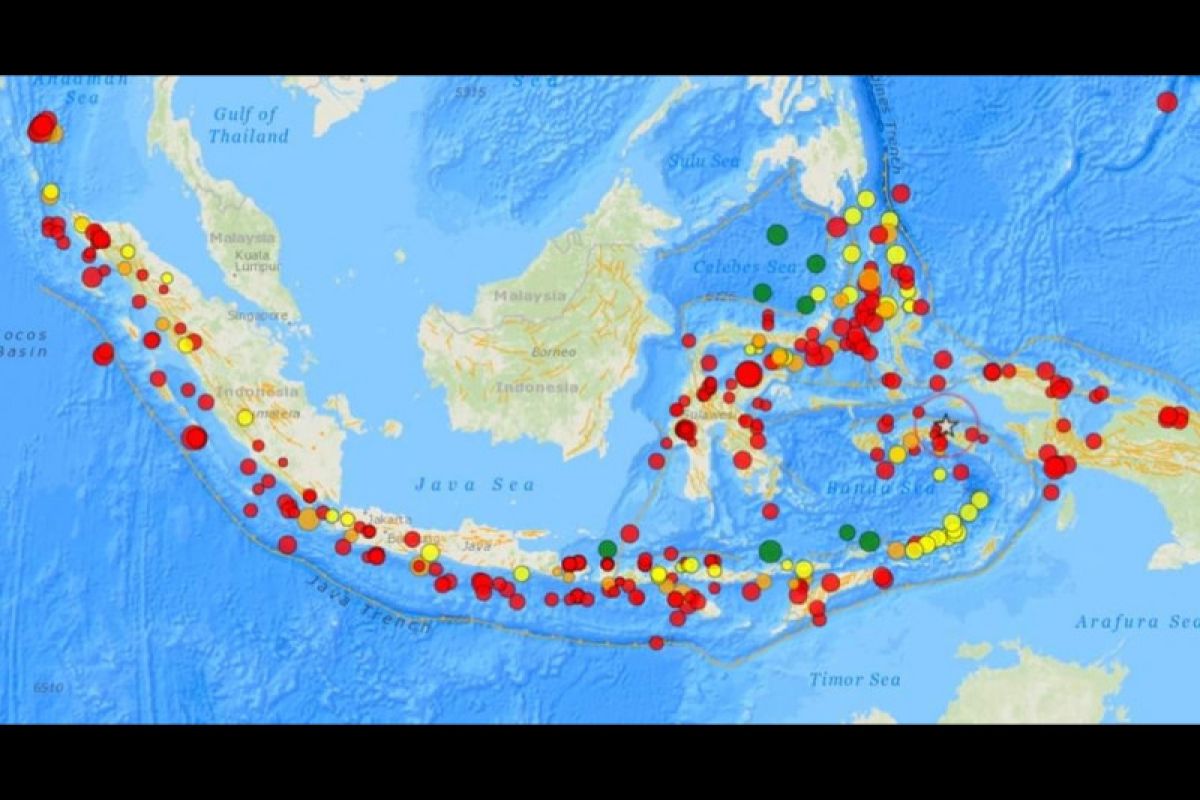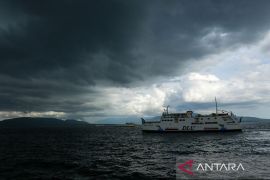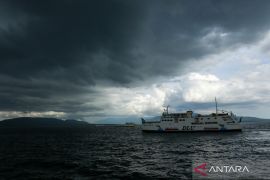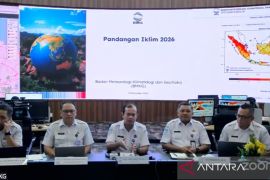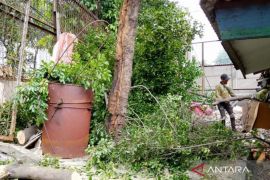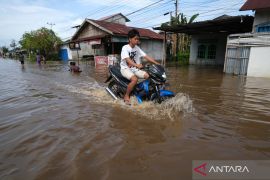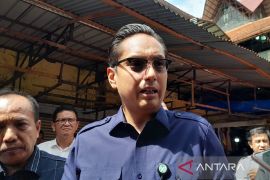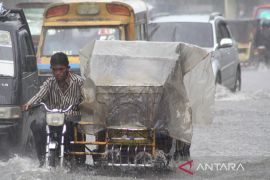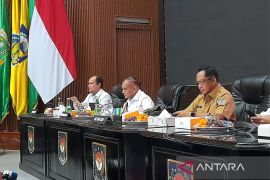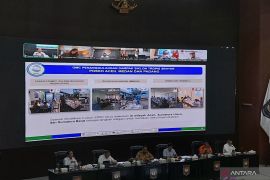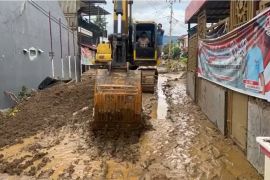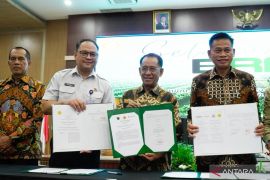The attempt aims to establish comprehensive mitigation efforts for disaster risk reduction.Jakarta (ANTARA) - The Meteorology, Climatology, and Geophysics Agency (BMKG) announced that it will increase the number of installed New Generation Warning Receiver Systems (WRS) across Indonesia to strengthen the country’s earthquake and tsunami early warning system.
Head of BMKG Dwikorita Karnawati stated that her side strives to increase the number of earthquake detection sensors throughout Indonesia to improve the rapidity and accuracy of information obtained regarding occurrence of the disaster.
"Some 428 sensors have been installed throughout Indonesia to date. The increase in the number of the sensors will also improve our tsunami early warnings," Karnawati remarked in a statement here on Wednesday.
Meanwhile, Head of the Seismology Engineering Center of the agency, Rahmat Triyono, pointed to the higher detection capability of the current BMKG earthquake sensor.
Related news: Indonesia experiencing impact of climate change: BMKG
Triyono stated that earlier, an earthquake, with a magnitude of below four, could only been faintly detected. However, currently, such low-magnitude earthquake can be easily detected.
Related news: BRIN's Sailing Day Program to improve weather, climate forecasts: BMKG
"Micro-earthquakes can be detected well now. Installation of sensors with strong detection ability is important to map new sources of earthquakes that have not been found so far. The attempt aims to establish comprehensive mitigation efforts for disaster risk reduction," he emphasized.
Nonetheless, Triyono assessed that the number of sensors and seismic detection facilities should be increased on account of Indonesia's long coastline that is prone to earthquakes and tsunamis due to the activities of the world's three main tectonic plates: the Indo-Australian, Eurasian, and Pacific plates.
Earlier, Acting Head of the Hydrodynamic Technology Research Center of the National Research and Innovation Agency (BRIN) Widjo Kongko stated that his side was keen to collaborate with BMKG to build a tsunami modelling system.
Related news: Quake mitigation: BMKG asks West Pasaman to revise seismic map
The modelling system will support the implementation of Indonesia's Tsunami Early Warning System (InaTEWS) Program.
"We are optimistic of being able to realize the modelling system in 2023 or 2024. The collaboration is expected to run well," Kongko added.
Related news: Women MSME players and national economic strength
Related news: Indonesia to push community-based vocational training at G20
Translator: Devi Ramadhan, Uyu Liman
Editor: Fardah Assegaf
Copyright © ANTARA 2022
